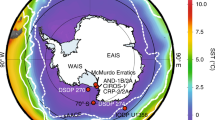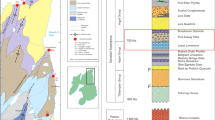Abstract
Over the past three decades, the 'ozone hole' has caused a transient increase in the levels of ultraviolet B radiation (UV-B, 280 to 320 nm) reaching Antarctic coastal marine ecosystems^1^. The direct effect of this enhanced UV-B on pelagic organisms remains unclear, for few studies have examined in situ the responses of Antarctic marine organisms in direct relation to the 'ozone hole'. Here we show that the presence of the 'ozone hole' over McMurdo Sound, Antarctica, during a two-week period in 2008 resulted in unequivocal increases in oxidative damage and developmental abnormality in embryos of the sea urchin Sterechinus neumayeri Meissner (Echinoidea: Echinidae) growing in open waters. We show that although embryos have a limited capacity to increase the activities of protective antioxidant enzymes, increased UV-B exposure caused a very large increase in oxidative damage to proteins and lipids. Importantly, we show that embryo damage, resulting from the presence of the 'ozone hole', is largely mitigated by sea ice, with embryos beneath the ice protected from UV-B and hence oxidative damage. As the ozone hole is now expected to persist for a further 80 years^2^, during which time significant reductions in sea ice coverage are expected around the Antarctic continent due to global warming^3^, our findings sound a warning that the coincidence of the two phenomena (high UV-B and open water conditions) will provide a window when significant damage to marine ecosystems may occur.
Similar content being viewed by others
Article PDF
Author information
Authors and Affiliations
Corresponding authors
Rights and permissions
About this article
Cite this article
Lister, K., Lamare, M. & Burritt, D. The Antarctic 'ozone hole' combined with no sea ice causes severe oxidative damage in echinoid embryos. Nat Prec (2009). https://doi.org/10.1038/npre.2009.2906.1
Received:
Accepted:
Published:
DOI: https://doi.org/10.1038/npre.2009.2906.1



